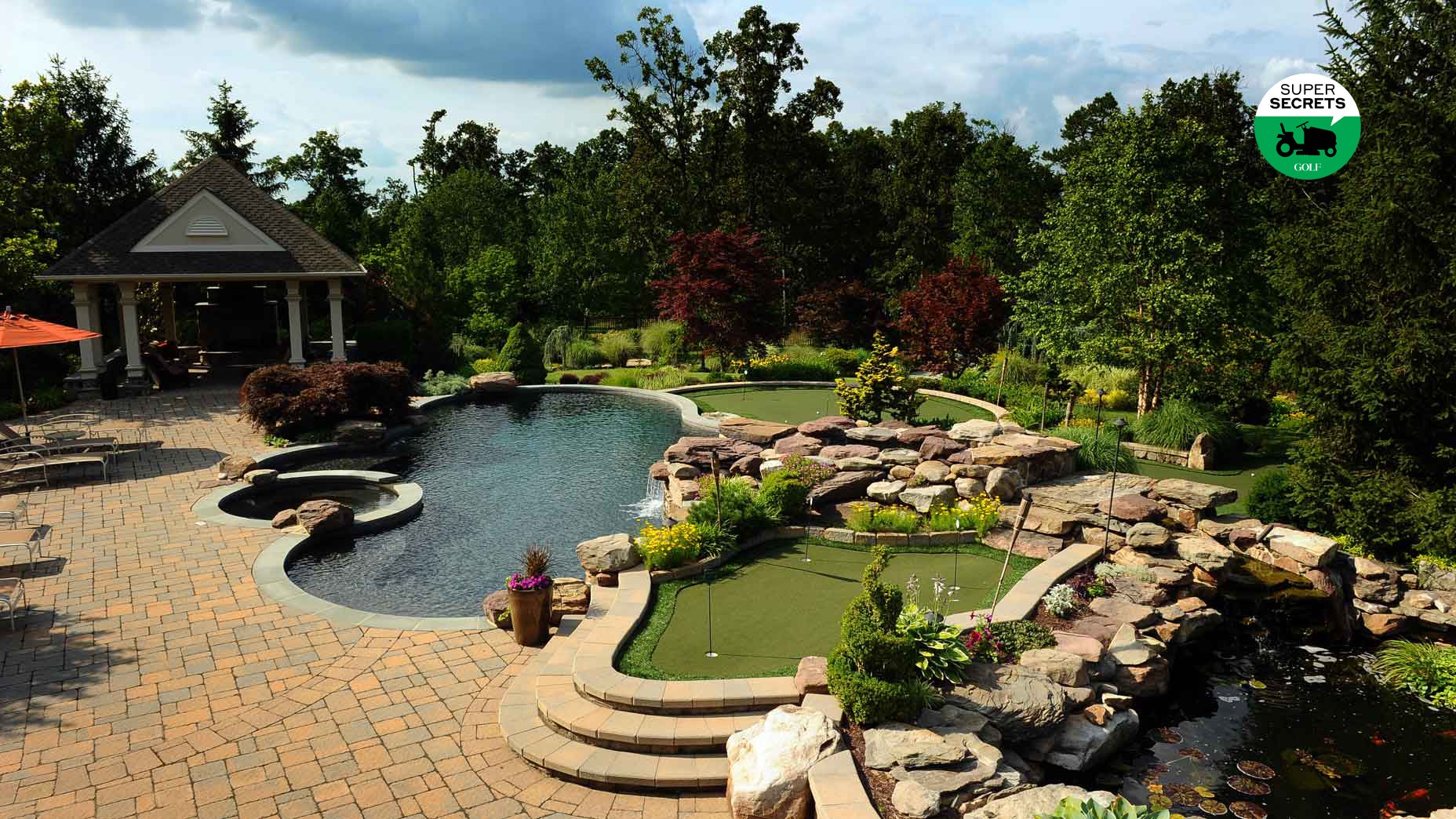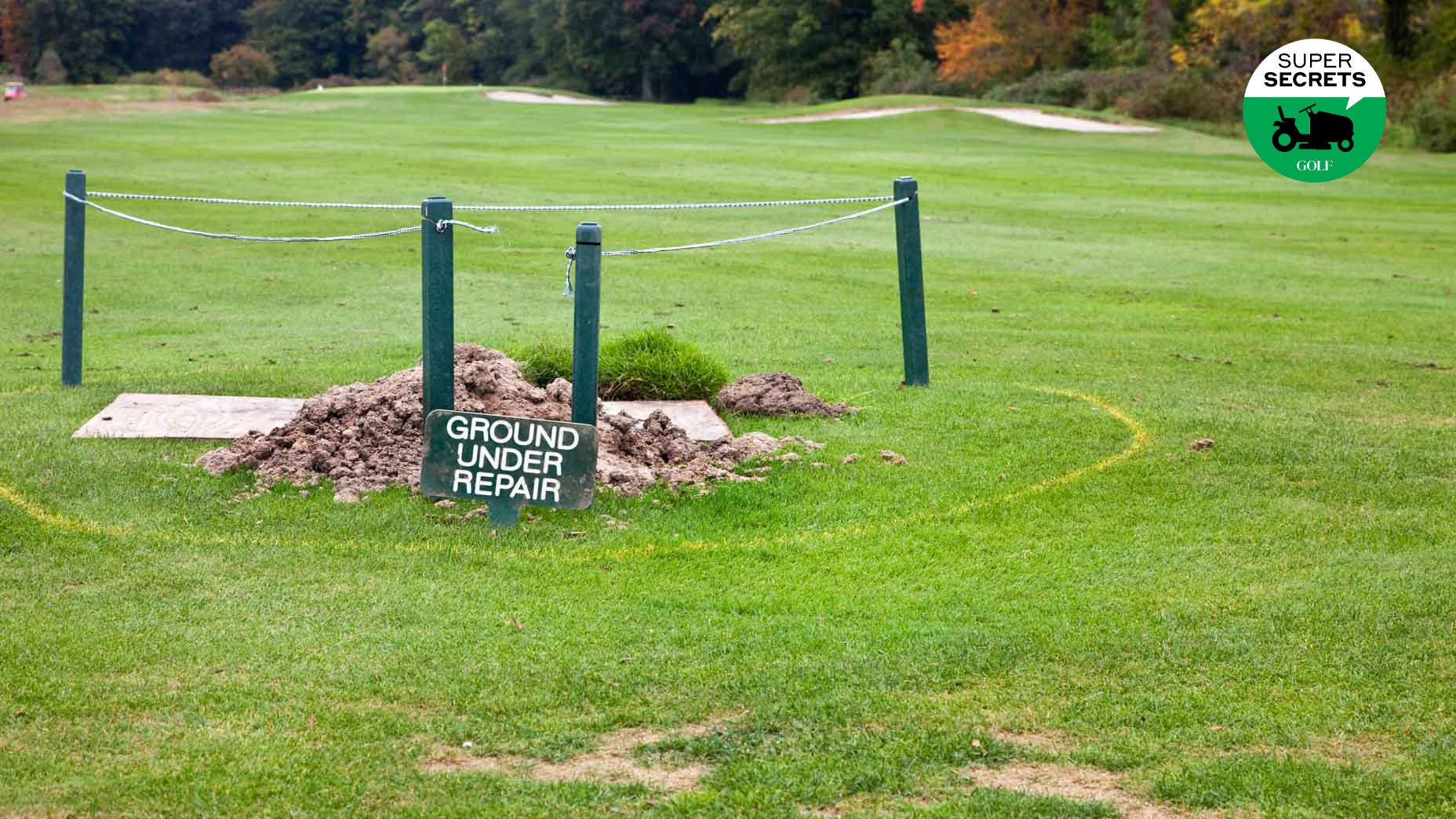For every action in nature there is an equal and opposite reaction. That’s one of Newton’s laws of physics. But it applies to course maintenance tasks, too.
Take changing hole locations. Every time a new cup gets cut, an old one gets left behind that needs to be filled as seamlessly as possible.
What are the keys to carrying out this job?
Heath Wisdom, a longtime member of the Golf Course Superintendents Association of America, is the superintendent at the Nicklaus Signature Course at The Club at Carlton Woods, at the Woodlands, in Texas, which hosted the LPGA’s Chevron Championship last week.
We asked him to walk us through the steps — and the pitfalls to avoid.
1. Remove the cup liner
The easiest way to extract the liner is with a hook-shaped device called a cup puller. The tool grabs the side of the liner and pulls it out with no damage to the turf.
2. Plug in
At this point, there’s an old hole in the green with no liner in it. That’s the bad news. The good news is, it’s the same cylindrical shape as the new hole that’s about to be cut. That hole is created with another aptly named tool — a hole or cup cutter— which pulls up a cylindrical plug of soil and turf and holds it in its sleeve. That sleeve is then inserted into the old cup, and the plug is released, filling the void (see video below). Good as new? Not yet.
Setting the stage for Championship Sunday @Zurich_Classic ⛳️ pic.twitter.com/CwoheVKgct
— PGA TOUR (@PGATOUR) April 23, 2023
3. Align the grain
When the plug gets replaced, it’s important that its orientation is consistent with the rest of the green. If it’s misaligned, the grass on the circular plug will grow in a different direction than the turf around it, a mismatch that often shows up as little smiley-face blemishes on the putting surface. Aligning the grass, Wisdom says, is particularly important on turf varietals that have a lot of grain, like Bermuda, which makes errors more glaring than they are on turf with little grain, such as bentgrass.
4. Level it off
It’s also critical that the replacement plug be level with the surrounding green. If it’s too high, mowers will scalp the grass, leaving a bare patch in the shape of the old cup. If the plug is set too low, its grass will grow longer, creating a slightly shaggier-than-the-rest, discolored circle. Ensuring a snug fit is pretty simple. If the hole is too deep for the plug, maintenance workers put sand in it. If the hole is too shallow, the remove some soil from the bottom of the plug.
5. Stitch the wound
Much like skin, grass can scar. The circular wound needs to be sutured, so that the plug connects seamlessly to the rest of the green. Wisdom refers to this as “sewing it in.” And he does the job with a screwdriver or an ice pick, working it much as as he would a divot repair tool to fix a ball mark on the putting surface.

Sunday Custom Lawn Care Plans
6. Roll it out
To really smooth things over, maintenance workers then roll over the repaired area, usually with a piece of PVC piping. It’s the agronomic equivalent of a baker stretching dough with a rolling pin.
7. Water the edges
In some cases, Wisdom says, sand is sprinkled in the wound to hasten healing. The more standard practice, though, is to squirt water around the circular cut to “freshen the grass up with one final hydration.” A final roll with PCV pipe doesn’t hurt, either. But at this point, the filled-in hole is good to play on, though, depending on such factors as turf type and climate, you might see evidence of it for two to three weeks.










